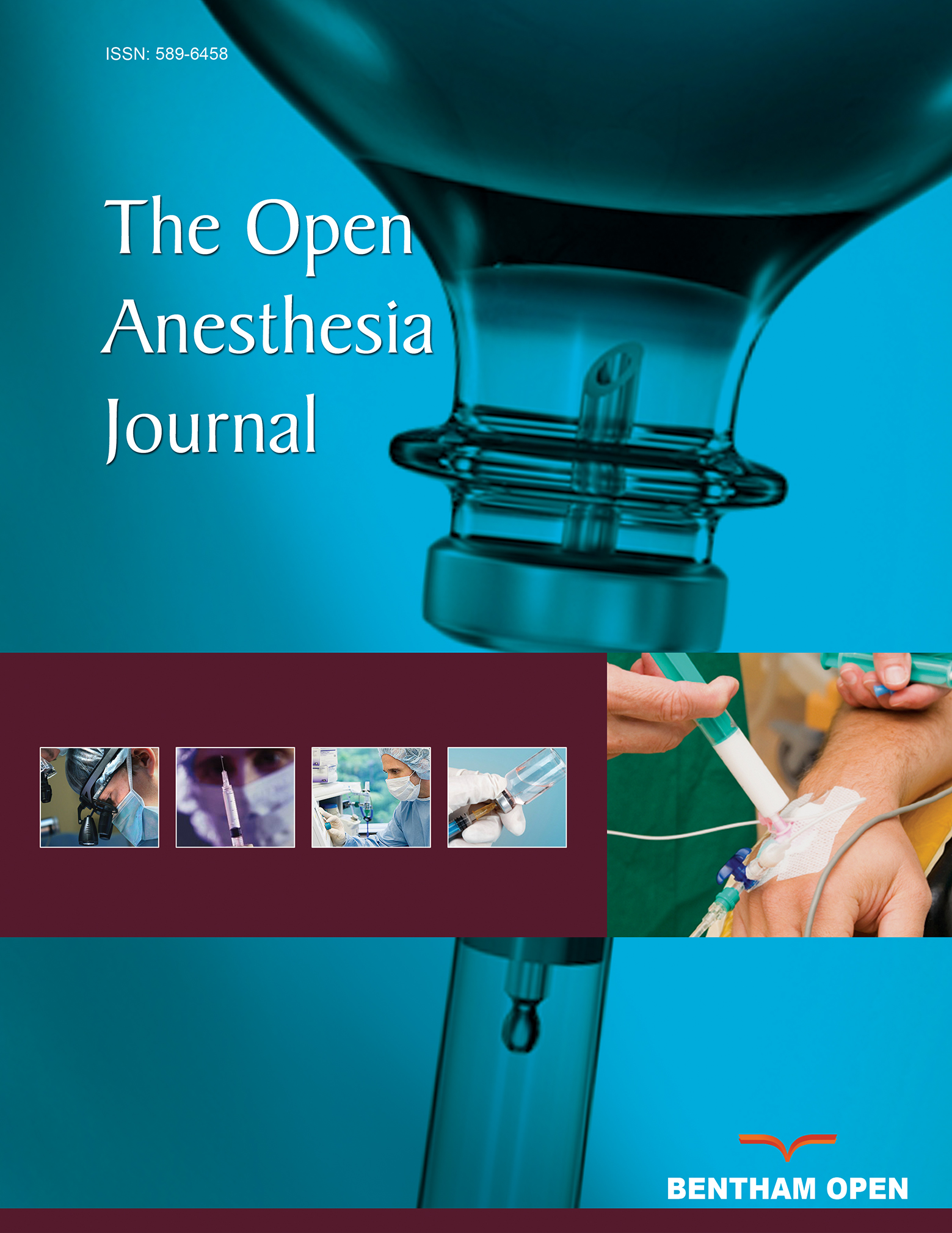All published articles of this journal are available on ScienceDirect.
Effect of Ketamine versus Dexmedetomidine on Release of Inflammatory Mediators in Laparoscopic Hysterectomy. A Randomized Trial
Abstract
Background:
Surgery and anesthesia are sources of patients' stress and release of inflammatory mediators that have adverse effects on wound healing and remote organs.
Objectives:
To compare the effects of dexmedetomidine and ketamine on perioperative serum levels of inflammatory biomarkers (interleukin-6 (IL-6), tumor necrosis factor-α (TNF-α), and C-reactive protein (CRP).
Methods:
We included 75 patients aged 30-60, ASA I and II, and scheduled for laparoscopic hysterectomy. Randomized patients received either intraoperative ketamine (bolus dose 0.25mg/kg then continuous infusion of 250µg/kg/h), dexmedetomidine (1µg/kg bolus dose then continuous infusion of 0.5µg/kg/h), or placebo. The primary outcome was to measure perioperative inflammatory biomarkers. Hemodynamic parameters, Recovery time, and complications were secondary outcomes.
Results:
At 6 and 24 hours, IL-6 significantly increased in the control group versus ketamine and dexmedetomidine groups (113.4±14.1,107.4±13.7;50.1± 8.1,48.2± 8.1;47.7±7.1, 46.01±7.1;p<0.001). Similarly, At 6 and 24 hours, TNF-α significantly increased in the control group versus ketamine and dexmedetomidine groups (81.8±18.6,72.7±16.4; 40.6±7.1, 39.2±6.9;41.6± 7.6,39.9±7.6;p<0.001).The same for CRP (17.4±3.6,40.0±6.0;10.2±1.3,16.2± 1.2;10.9±1.8,16.3±1.9;p<0.001). Regarding hemodynamic parameters, there were significant increases in the ketamine group and decreases in the dexmedetomidine group compared to baseline. Recovery time was significantly longer in the ketamine group than in the control and dexmedetomidine group (24.3±6.4,12.6±2.0,13.5±3.3 min, respectively; P<0.001). There were no significant differences between the three groups regarding agitation, nausea, and vomiting (P=1,0.126,0.776, respectively).
Conclusion:
Both dexmedetomidine and ketamine could attenuate the inflammatory response. However, dexmedetomidine has a shorter recovery time.
Trial Registry No
Trial registry at Pan African Clinical Trials Registry.
The number is (PACTR201910617459894: date of registration 10/24/2019).


